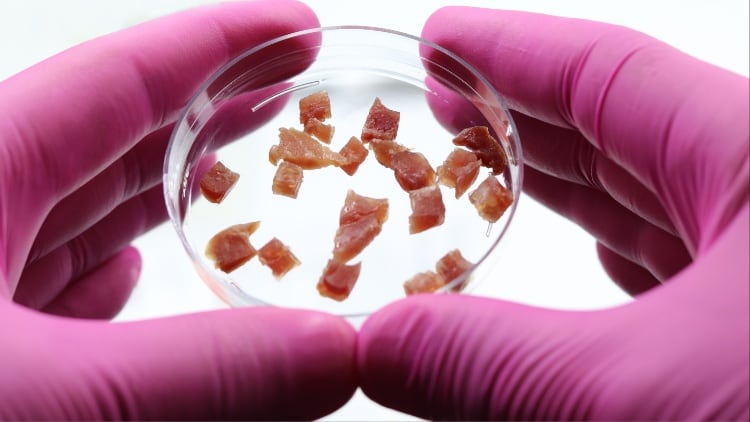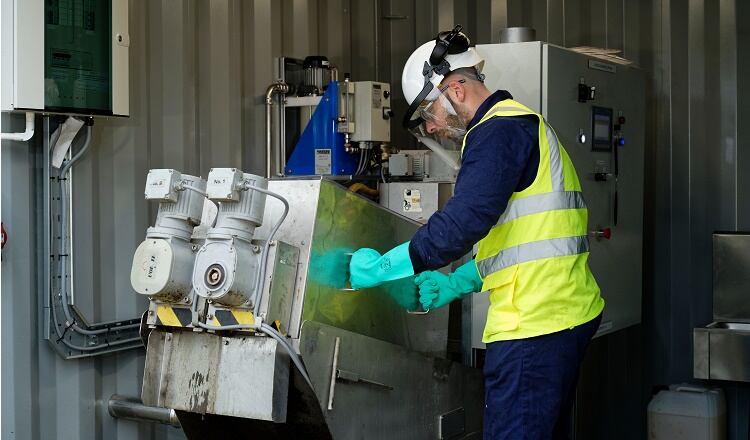Our relationship with food, and how it’s sourced, is changing. New Tetra Pak research has found that almost half (47%) of UK consumers now consider the environment when buying food, and 43% are willing to change their diet to help the planet. It’s clear that as we experience the effects of climate change, food and the environment are becoming increasingly intertwined in the public conscience.
However, despite growing awareness and demand for more sustainable food, the global food system still accounts for one third of greenhouse gas emissions. Pressure on food supplies is increasing, with 60% more food needed to feed the world’s growing population by 2050. On top of this, the amount of arable land available is also expected to decrease due to climate change. This means that reducing the environmental impact of our food value chain, while also finding alternative methods of food sourcing and production (to compliment the food we already have), is crucial.
So, how can we meet this demand for more sustainable food, while also navigating growing pressure on global food supplies?
Introducing new food alternatives
Significant effort is already going into developing more efficient processes for dairy and agricultural production. Yet this alone will not solve the challenge. Supplementing these innovations with new foods, that are less dependent on agriculture, is one way of meeting this demand. This includes developing alternatives to both animal and plant-based protein sources to supplement the protein sources we already have, such as soy. This will allow us to feed the world’s growing population and increase the amount of food available.
For instance, using biomass fermentation processes in which micro-organisms are grown and harvested in a bioreactor. These bioreactors can create ingredients to replace anything from tuna sushi to chicken nuggets, providing an incredibly effective alternative to animal proteins. Another option is precision fermentation, where micro-organisms are used as a ‘factory’ to produce specific ingredients such as proteins and fat. This cutting-edge innovation is rapidly growing in popularity, with investment reaching almost $3.7 billion between 2012 and 2022.
Insect proteins are also a promising alternative food source. These are not only rich in nutrients and protein, but have also been indicated to have a low carbon footprint. Yet despite these developments, consumer attitudes towards these food sources vary, with three in ten consumers reluctant to try insect proteins as a new food concept. Managing and changing these perceptions will therefore be vital to encouraging wider uptake of these alternatives.
Reducing the environmental impact of food
Alongside developing new food alternatives, finding ways of reducing food loss and waste will also play a key role in making our global food system more sustainable - with one third of food currently either lost or wasted.
Developing new technologies that reduce this waste is one potential solution, including turning low-value side streams from food and beverage production into value-adding ingredients. For example, Tetra Pak has developed a patented sterilisation process that allows Brewers’ Spent Grain (BSG), a side stream from the brewing industry, to be heat treated for longer preservation. This means it can then be used as an ingredient for other food sources, such as plant-based dairy alternatives and bread, rather than being thrown away.
Another example is whey, a by-product of cheese production. Despite its high nutritional value, it is rarely utilised due to the large amount of energy required to convert it into food. There have been various trials underway, of which Tetra Pak has been a part of, to help evaluate the possibility of converting it into a potential food source. If we can harness the nutritional value of a product that would otherwise be wasted, it will help to create yet more food sources to supplement existing ones.
Looking ahead
With consumers increasingly seeking food products that are kinder to the environment, we must find ways of reducing our food system’s impact on the planet while also feeding the world’s growing population. Developing new food sources – whether that’s fermented, cultivated or plant-based - alongside innovative processing technologies, can help meet this need. This will help support the creation of a secure, environmentally friendly food system that will serve us well, both now and into the future.




